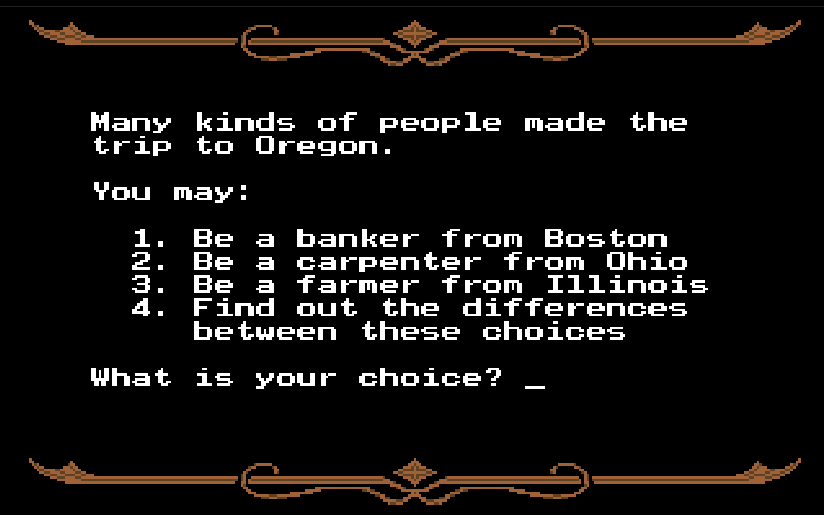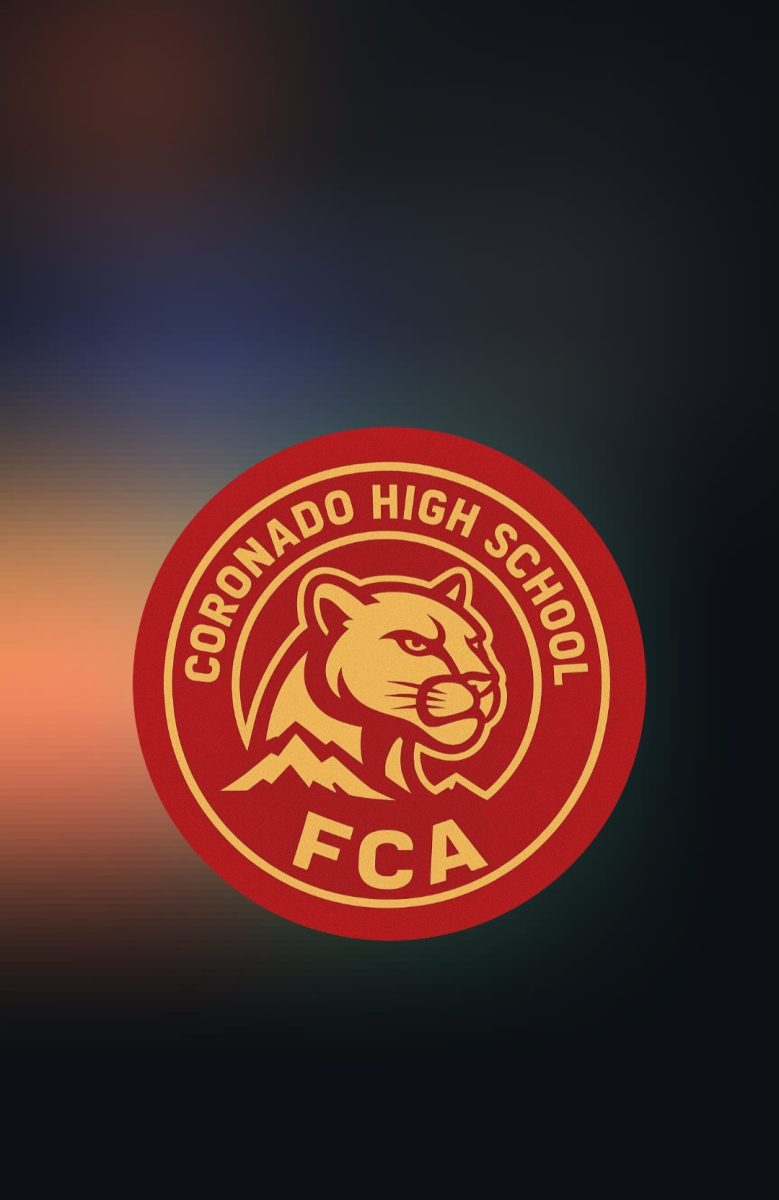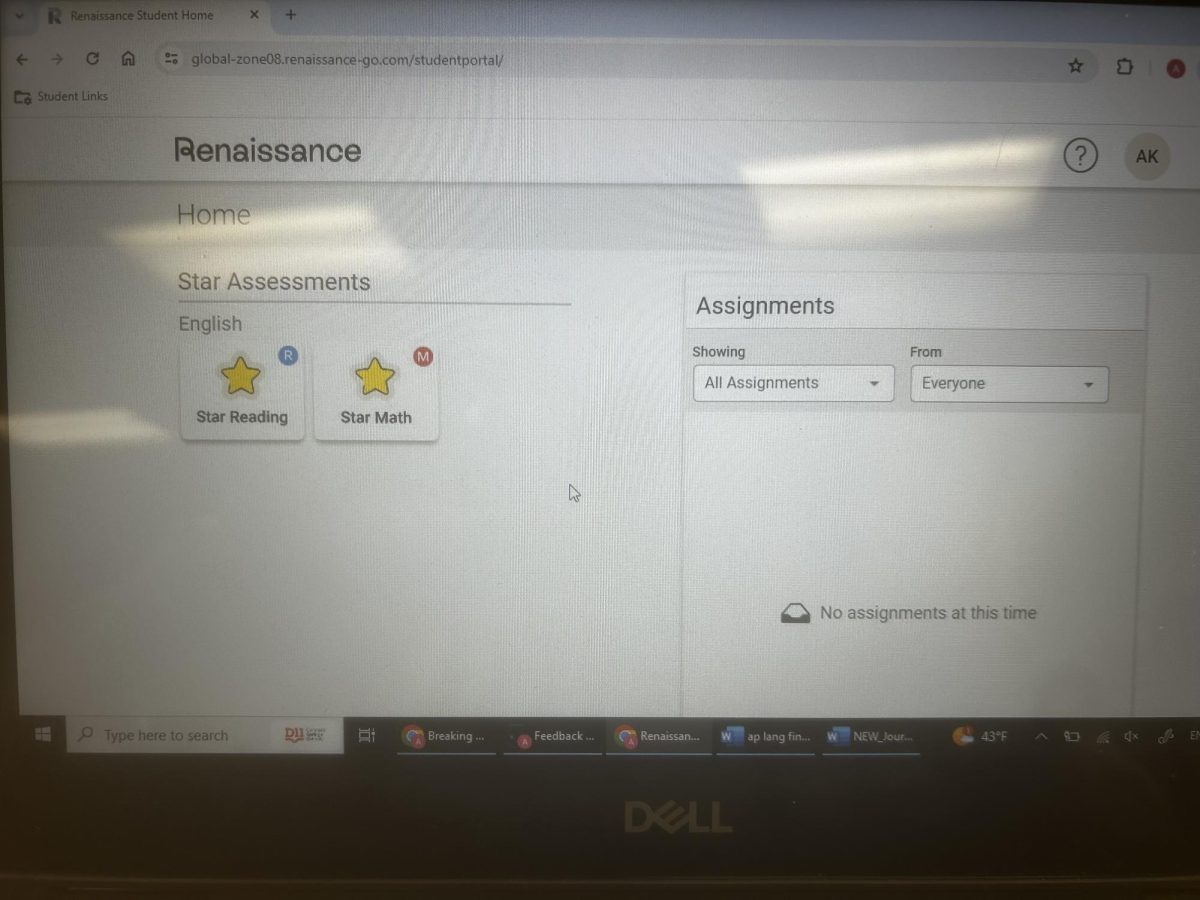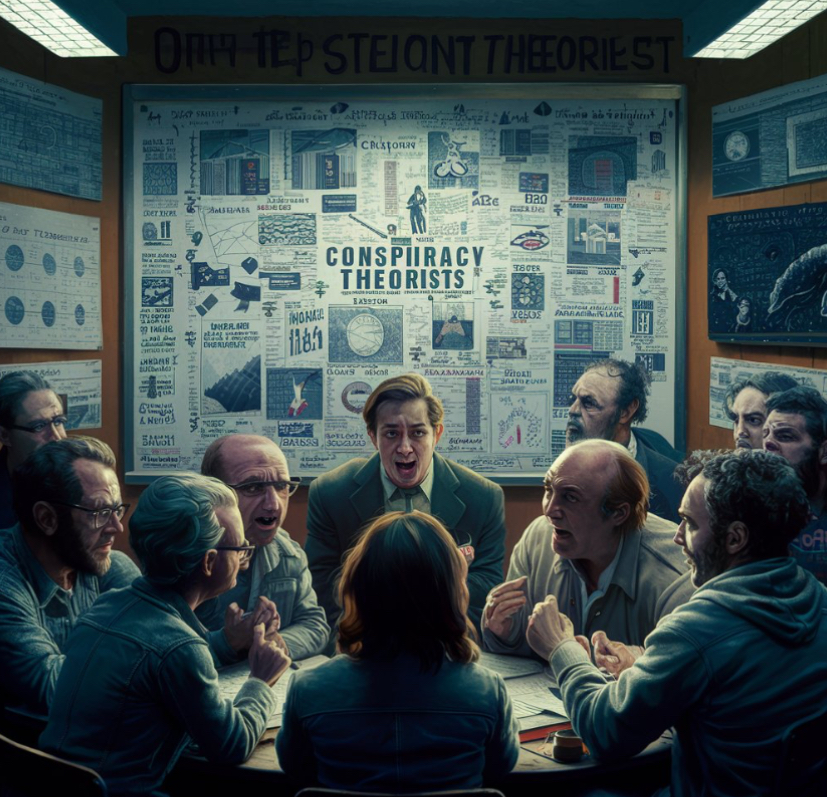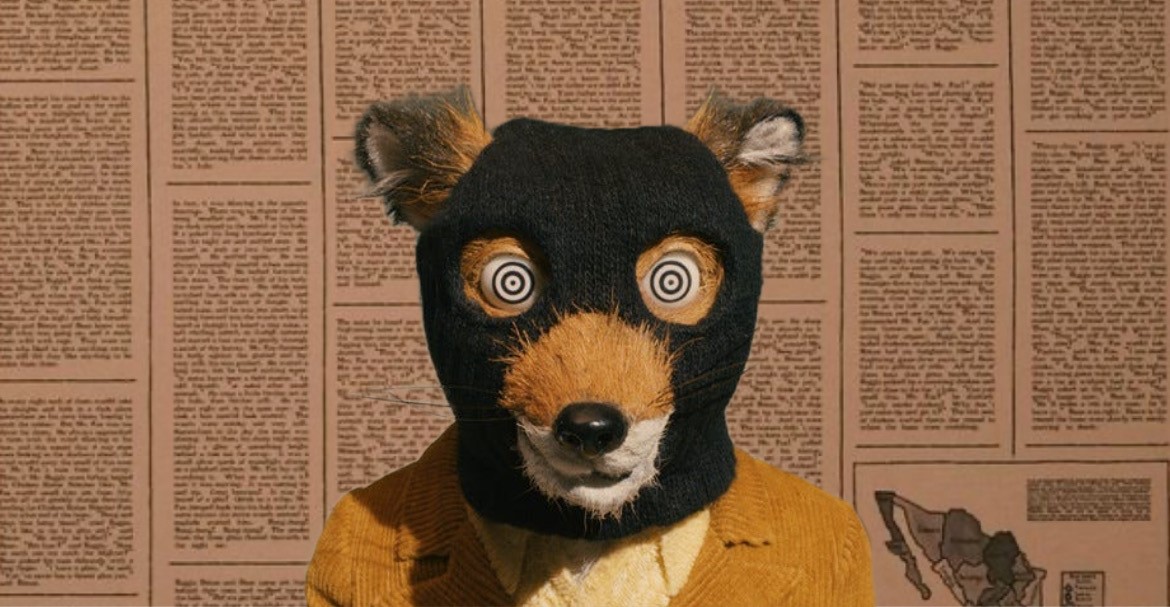Growing up I always looked forward to the one hour a day I was allowed to use my DS, and oftentimes I would use said hour to play my favorite game: The Oregon Trail. When I found the online version of the game, I was understandably ecstatic, and happily wasted as much time as I possibly could attempting to beat my highest score, which was once my pride and joy but which I now cannot remember. As The Oregon Trail nears the 55th Anniversary since its creation, I’d like to revisit its impact to discover how far we’ve truly come.
In 1971, student teachers Bill Heinemann, Don Rawitsch, and Paul Dillenberger created The Oregon Trail to help middle school students better understand the history of American settlement. Players must accept the challenge of exploring the vast American West, trekking across 2,000 miles of barren prairies, unforgiving mountain ranges, and formidable rivers. Choices affect the player’s journey, and survival skills can mean the difference between life and death, or well, just restarting the game.
But the first iteration of The Oregon Trail only survived a month, until The Minnesota Educational Computing Consortium, known as the MECC, hired Rawitsch in 1974, who immediately began restoring the game. Rawitsch strengthened the game’s historical accuracy, stating in an interview with Smithsonian Magazine, “only if (you were at least 950 miles along),” where pioneers would have travelled through the Rockies, “would certain mountain-related events like ‘snow’ or ‘oxen injury in rough terrain’ occur.”
Four years later, MECC and Apple, a rising star in the tech industry after releasing its wildly popular personal computer, the Apple II, sought to put computers in every school in the country, a dream realized by the 1990s, when nearly every school district had at least one computer. As the figurehead of this educational tech boom, The Oregon Trail was released for use on the Apple II in 1985, and quickly became one of American students’ favorite pastimes.
“I always had Kate as one of the characters,” said Erin Apedaile, a The Oregon Trail aficionado who played the game shortly after the time of its release, “and she always died, and I always thought oh I killed my sister. I’m always burying Kate.” While the game’s consequences were fake, their weight certainly felt real to players, and gave many a greater appreciation of pioneer life.
As of 2011, 65 million copies of The Oregon Trail had been sold, with the game entering the World Video Game Hall of Fame in 2016. Rivaling the likes of The Legend of Zelda, Pong, and Tetris, The Oregon Trail has indisputably proven itself as a cultural touchstone and one of the most entertaining games of all time, but I do wonder whether the game accomplished what it set out to: what did it teach young students, and more importantly, what did it overlook?
Estimates indicate that between 20,000 and 30,000 pioneers died on the Oregon Trail during the near 100 years it was in use, figures which only pale in comparison to the Indigenous deaths due to European colonization. According to a 2019 study, between 1492 and 1600, 56 million native people died. Entire civilizations were completely obliterated by disease and violence, with their histories left ignored.
When pilgrims arrived at Plymouth, Massachusetts in 1620, they did not in fact settle an untouched landscape as is often believed, but they stole a deserted Patuxent village left lifeless by European-brought illness. They not only used the abandoned Patuxent homes and food stores but dug up their graves from which they “took several of the prettiest things,” according to a Plymouth settler’s journal.
While most elementary and middle school students learned the history of Lewis and Clark, they likely never learned that the Louisiana Purchase gave the United States government the exclusive right to violently appropriate over five hundred million acres of land from Indigenous societies.
Unlike the popular animated movie, Pocahontas never fell in love with John Smith, but the British did torment her people until they were forced to relocate their entire village. And as if that wasn’t cruel enough, Pocahontas was kidnapped by the British, and assimilated into their culture under extreme duress. After she married an Englishman, Pocahontas and her newborn son were paraded around Great Britain to market Jamestown to potential investors. Pocahontas died at the age of twenty-one, without ever getting the chance to return to her home.
In 1830, when Congress passed the Indian Removal Act, thousands died during the grueling 1,200-mile journey on what has now been immortalized as the Trail of Tears, clearing the path for white settlers – such as those who travelled along the Oregon Trail – to make their claim on land that never belonged to them.
But when many U.S. citizens think of European colonization, they picture small bands of pioneers sacrificing their comfort and safety to claim their piece of a vastly uninhabited landscape, a true embodiment of the American Dream. Simply put: the winners write the history of the battle. Thus, stories of violence against Indigenous people just aren’t taught.
Erin Apedaile discussed “very little” indigenous history in school, adding that she “was in school in South Dakota, where they should talk about it.”
While public school curriculum has changed drastically in the last thirty years, with the 2022 Colorado Department of Education’s Social Studies standards now including “knowledge of the Southern Ute Indian Tribe and the Ute Mountain Ute Tribe,” according to their website, it’s simply not enough.
I grew up, at least in part, in South Dakota. There I learned many things about our nation’s history, but perhaps the most important was Union Army officer, General Dodge’s, quote: “Kill every buffalo you can! Every buffalo dead is an Indian gone.” General Dodge was referring to the U.S. government’s campaign to decimate the buffalo population, thereby starving Indigenous people.
This “Great Slaughter” was revoltingly successful, killing over 40 million bison in just 50 years. By 1884, not a single buffalo was left in the Black Hills, their corpses piled up and left to rot. The ramifications of this catastrophic event are criminally under researched, but a 2023 economic study published by Emory University found that the child mortality rate of bison-reliant indigenous people dropped by 16 points following the massacre, and the height of this generation fell by more than an inch.
I never learned about this in school. The majority of what I know about indigenous history I’ve learned on my own accord, and believe me, I still have a long way to go. Even so, I have come to the conclusion that the events of European colonization of the Americas must be taught as what they truly are: a genocide.
I am not attempting to negate the value of The Oregon Trail or other media that concerns the plight of pioneers, but I argue that other aspects of American history deserve just as much attention. The U.S.’s history of ethnic cleansing has been widely erased from public school curriculum, and The Oregon Trail affected student perceptions of how exactly United States land was developed.
Even today, rampant violence persists. According to Native Hope, an organization that works to support the health, prosperity, and growth of Native nations, the murder rate of women living on reservations is ten times higher than the national average, and for Native women, murder is the third leading cause of death.
For these women, these families, these children, we must do better, and teaching our nation’s youth the complete history of the United States wouldn’t be a bad start. Today I play the same video game my mother discovered over thirty years ago, for it is this history, our history, which bonds us together, and which cannot be forgotten.
Technological advancement didn’t stop with The Oregon Trail, and educational advancement cannot stop here. Students deserve innovation, not in the form of the newest technology, but instead in the form of a renewed look on the past. No good has ever come from ignorance, and while we might have a rough road ahead, we owe it to those we’ve oppressed to remember their suffering and ensure its conclusion. Perhaps we started our journey in Missouri, but with some determination, we may one day reach Oregon.

